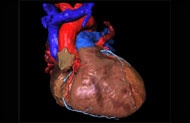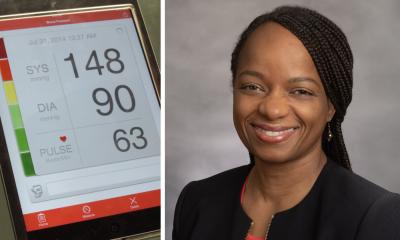New modell to predict risks of heart failure
Hospital admission might probably determine the severity of heart failure. By analysing data from 260 hospitals across the United States researchers created a model to reduce in-hospital mortality and more quickly identify triage methods and treatment decisions.

“Heart failure patients experience high rates of hospital stays and poor outcomes,” said William Abraham, director of cardiovascular medicine at Ohio State University Medical Center and primary author of the article. “By utilizing this model, we can more quickly identify patients at risk for in-hospital mortality who might benefit from more aggressive monitoring and intervention.”
The model was developed as part of the OPTIMIZE-HF (Organized Program to Initiate Lifesaving Treatment in Hospitalized Patients with Heart Failure) study, which offered recommendations to improve treatment of congestive heart failure based on monitoring more than 48,000 patients. It is discussed in the July 29 issue of the Journal of the American College of Cardiology.
Baseline information, treatment patterns and in-hospital outcomes were recorded for each patient upon admission. A model was then developed to identify significant predictors of in-hospital mortality, such as gender, medical history, vital signs at admittance, heart failure characteristics or history, laboratory data and admission medication.
Of the more than 48,000 patients admitted for heart failure, the in-hospital mortality rate was approximately four percent, providing an adequate number of events to evaluate predictors.
The patient characteristics most predictive of in-hospital mortality were admission creatinine levels, systolic blood pressure and patient age. Increased risk was also associated with conditions such as liver disease, past cerebrovascular issues, vascular disease and chronic obstructive pulmonary disease. Diabetes, gender and coronary artery disease were not significant predictors of mortality.
According to Abraham, while the model provides a reliable tool for clinicians, it reports in-hospital mortality only, and was not validated for post discharge outcomes. In addition, the mortality risk might have been influenced by other factors that were not measured, documented or included in the database. Therefore, the model can only be applied for patients in whom the variables were assessed.
“Despite numerous advances in the treatment of chronic heart failure, more work is needed to reduce the high risk of mortality for patients hospitalized for heart failure,” said Abraham. “An essential next step is to study whether applying this risk prediction score will favorably impact patient care and clinical outcomes.”
11.08.2008











